巴奴毛肚火锅(金豪店)
4.7/5
257 Reviews
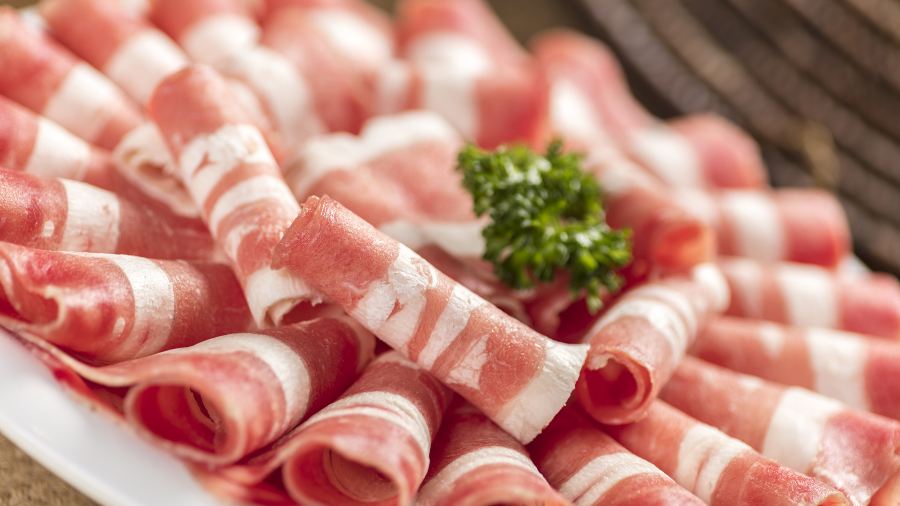
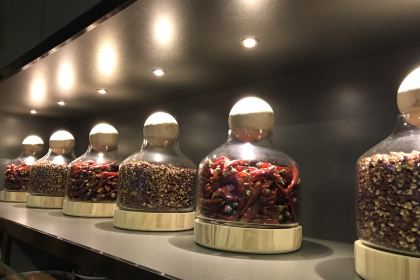
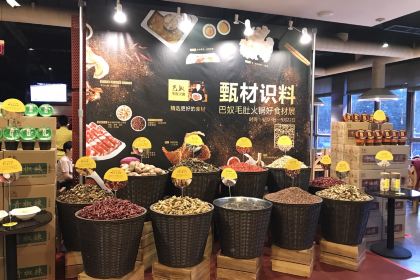
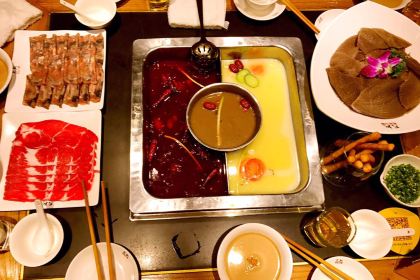
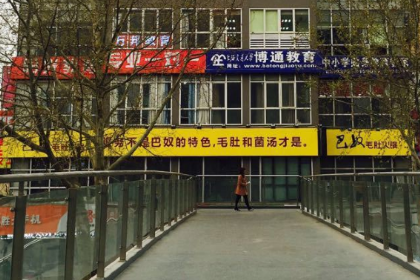

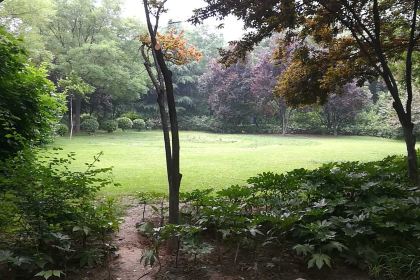
More
Open Now|11:00-03:00Show more
+863725111688
Southeast corner of the intersection of People's Avenue and Hongqi Road
 呼呼jdBanu Maodu Hotpot was founded in 2001 and pioneered the Maodu hotpot category. It covers 20 cities including Beijing, Shanghai, Xi'an, Suzhou, Zhengzhou, Wuxi, etc. It also set up a base for the research and development and processing of base materials in Chongqing. Banu applied the natural "papain tenderization" special technology of Southwest University to Maodu. It proposed "productism".
呼呼jdBanu Maodu Hotpot was founded in 2001 and pioneered the Maodu hotpot category. It covers 20 cities including Beijing, Shanghai, Xi'an, Suzhou, Zhengzhou, Wuxi, etc. It also set up a base for the research and development and processing of base materials in Chongqing. Banu applied the natural "papain tenderization" special technology of Southwest University to Maodu. It proposed "productism".Reviews of 巴奴毛肚火锅(金豪店)
Some reviews may have been translated by Google Translate
4.7/5Outstanding
All (257)
Latest
Photo reviews (3)
Positive reviews (42)
Banu Maodu Hotpot was founded in 2001 and pioneered the Maodu hotpot category. It covers 20 cities including Beijing, Shanghai, Xi'an, Suzhou, Zhengzhou, Wuxi, etc. It also set up a base for the research and development and processing of base materials in Chongqing. Banu applied the natural "papain tenderization" special technology of Southwest University to Maodu. It proposed "productism".
I didn't really like eating tripe before, I always thought it was weird. Today my friend brought me here to eat hotpot, saying that the signature dish here is tripe. I tried it again and it was quite delicious, without any fishy smell, and quite clean.
At the busy intersection of Jiefang Avenue and Zhangde Road in Anyang Old Town, there is a large restaurant that opens relatively late in the local area. During peak dining hours, you often have to wait for a table. The model is a bit similar to Haidilao, which also provides a lot of snacks while waiting, and the service is also enthusiastic. A glance at the menu shows that it is really not cheap. This fourth-tier city still has a lot of groups with strong spending power. The tripe is indeed very fresh and there are some meat varieties that are not common in other places, but there is no rice, which is still a bit different from Haidilao. It is said that there are also many branches, especially in the northern region.
Everything comes from efficiency, the taste has never changed. Not bad, my girlfriend's favorite hot pot restaurant. My favorite hot pot restaurant, the taste has not changed, it would be better if it was cheaper
Hotpot was called "antique soup" in ancient times. It originated from the folk and has a long history. The "warm tripod" in the late slave society, the "dye stove" and "dye cup" in the Han Dynasty can all be called the prototype of hotpot. Later, after the "five porridge pots" in the Three Kingdoms period, the "warm pot" in the Tang Dynasty, and the tripe hotpot at the Sichuan River Wharf in the late Qing Dynasty and the early Republic of China, people officially named this folk delicacy "hotpot". So far, in addition to the tripe hotpot, various hotpots have emerged, including mutton hotpot, fat beef hotpot, seafood hotpot, etc. In the thousands of years of wooden boat shipping in Baguo and Shu, cargo and passenger transportation were all carried out by water. The Sichuan River waterway is particularly dangerous. Whenever going upstream or passing through dangerous shoals, boatmen are relied on to pull the boats. They are barefoot, stepping on rocks with their feet and digging sand with their hands, sweating profusely under the scorching sun, insisting on moving forward in the wind and rain, bending over and arching their backs but accumulating and transmitting the power to move forward; they are clumsy and simple, kind and resolute, using their bodies to carry the lives of tens of millions of people on the Sichuan River waterway, and are called "Banu". During the Daoguang reign, the boatmen at the Jiangbei wharf in Chongqing discovered a delicacy: the tripe and other internal organs left after the rich people in the upper reaches of the river slaughtered the buffaloes were put into the residual pot supported by stones, and cooked with peppers and Sichuan peppercorns. The spicy and fragrant food was hot in the coldest days of winter, and it was comfortable to sweat in the dog days of summer. The rheumatism and arthritis that the Banus had suffered for a long time were actually improved a lot. The vendors who were well versed in business followed suit and made the tripe hot pot in the same way, and then carried it on the street to sell it, which became a specialty of Sichuan. In the 23rd year of the Republic of China, a small restaurant in Chongqing moved it from the pole to the table, and the first tripe hot pot was born.
As good as ever! So full and hungry that I ordered more than I could chew. There was also a Dragon Boat Festival treat today: a free sachet with tripe. Inside the sachet was authentic Sichuan peppercorns. Are they the same peppercorns we had on display at dinner last week?